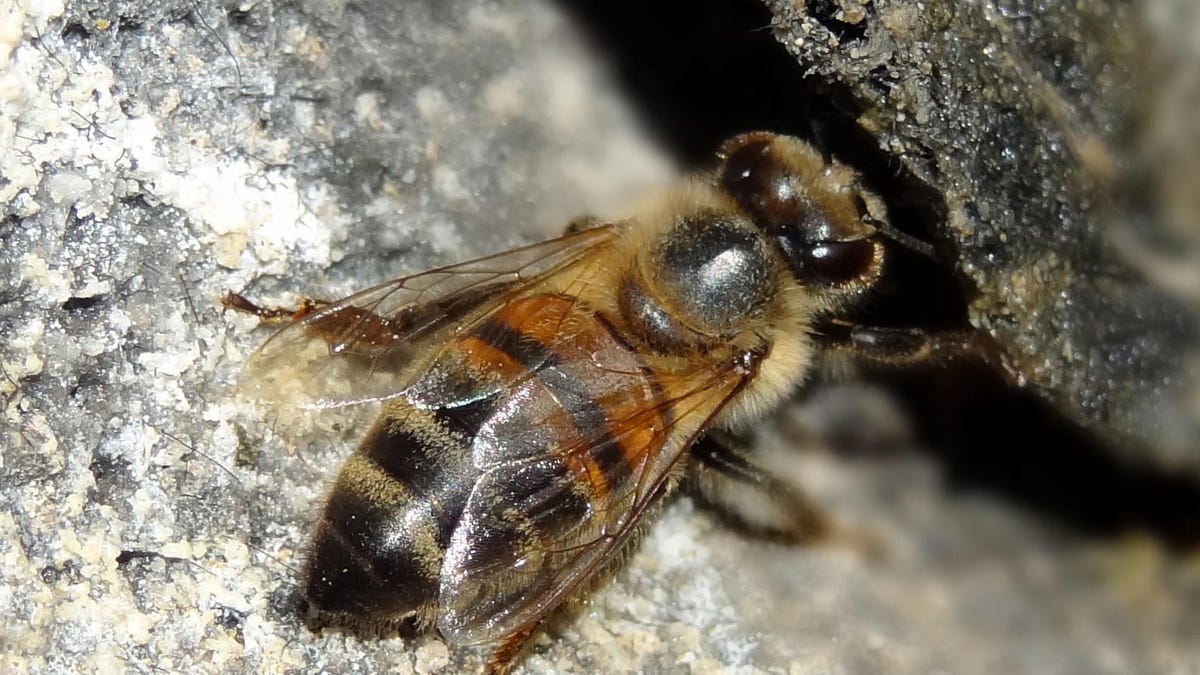NASA looks into robot bees for Mars exploration
NASA could get buzzy on Mars as it funds research into building a swarm of Marsbees that could take flight on the Red Planet.

Robots modeled after Earth bees could one day zip across Mars.
The rocky landscape on Mars is hell on rover wheels, so NASA researchers are considering ways to explore the Red Planet by taking flight there instead. The space agency is looking into developing a swarm of robotic bees called Marsbees.
Each Marsbee would be about the size of a bumblebee, but with larger wings the size of a cicada's. The bees would launch from a mobile base that acts as a communications hub and recharging station.
"Our preliminary numerical results suggest that a bumblebee with a cicada wing can generate sufficient lift to hover in the Martian atmosphere," writes Chang-kwon Kang, an aerospace engineer at the University of Alabama, Huntsville.
Kang's team plans to work with a Japanese group that will build and test a robot designed specifically to operate on Mars. The researchers in Japan have already developed what they call a "hummingbird micro-air vehicle" that can fly here on Earth. They plan to test the hummingbird robot in a vacuum chamber to simulate Mars' atmosphere.
This concept art shows how Marsbees could work with a base station.
NASA announced a round of investments last Friday for 25 early-stage technology projects as part of its NASA Innovative Advanced Concepts program. Marsbees is one of those concepts, which also includes a balloon locomotion idea and self-assembling space telescope swarms.
NASA says it's looking for technologies with "the potential to transform future human and robotic exploration missions." The Phase 1 award amounts to about $125,000 (£89,000, AU$163,000) over nine months and is aimed at refining the concept and studying its feasibility.
With human exploration of Mars a long way off, we rely on robotic surrogates to gather information about the Red Planet. NASA has had great success with its Mars rovers, particularly Curiosity and Opportunity, but they are limited in the amount of ground they can cover. That's where flying robots like the Marsbee could come in. NASA is already considering the idea of a drone-like robotic flying machine for studying Saturn's moon Titan.
The Marsbees idea is still in the very early stages, but it's intriguing. The robotic bees could potentially explore parts of Mars a land-based rover could never reach.

